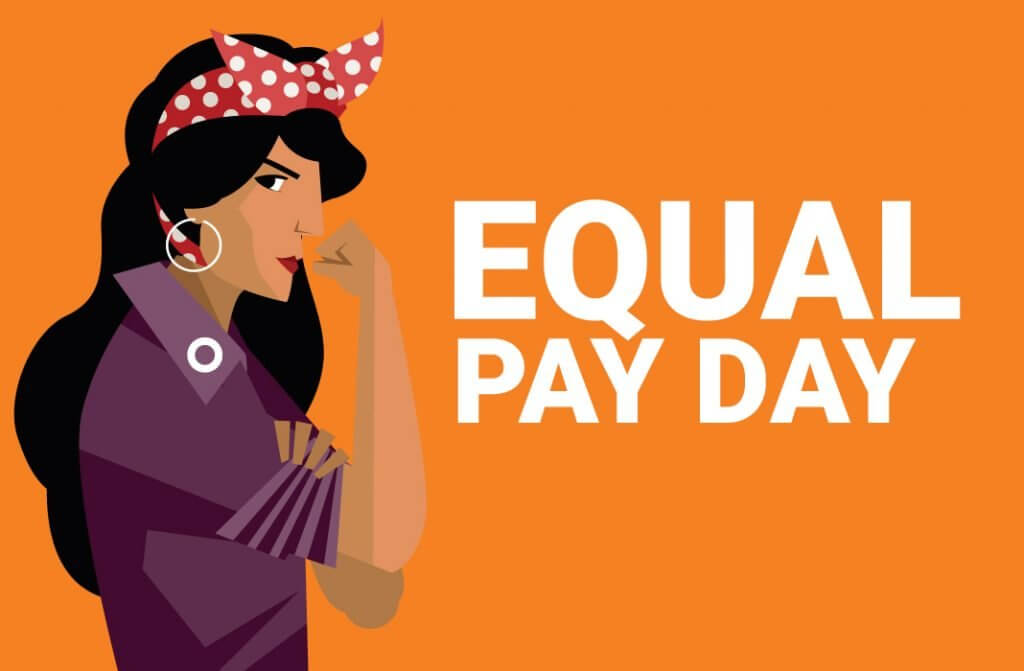Equal Pay Day – April 9
Canadian women still need to work an extra three-and-a-half months to earn what a man does in a year. That’s why Equal Pay Day is being celebrated on April 9: on average, a woman would have to work until today to earn what a male counterpart earned in 2018. While our national gender pay gap has narrowed in recent decades, women are still earning less than their male counterparts for work of equal value.
Any conversation about pay equity deserves a sidebar on pay equity vs. equal pay for equal work. Historically, efforts to close the pay gap have focused on ensuring that women earn equal pay for doing the same work. For example, a female account should earn the same as a male accountant. In 2016, however, female accountants, auditors and investment professionals were earning a median salary of $56,887; men in the same field earned $68,230.
The focus on equal pay for equal work, however, doesn’t consider the effects of institutional sexism: work that has traditionally been done by women has been systematically undervalued in our society.
Pay equity is about equal pay for work of equal value. The value of a job is based on levels of skill, effort, responsibility and working conditions.
Both forms of pay disparity exist – and both need to be addressed.
Sidebar aside, there other factors that stand in the way of true pay equity. For one, women make up the majority of part-time workers. In addition, the lack of affordable childcare poses a barrier to women’s full participation in the paid workforce.
Further, the pay gap “increases substantially when intersecting with other forms of discrimination”. Women from racial or ethnic minority groups, indigenous women, immigrant and migrant women, women with disabilities, elderly women, and LGBTQ women suffer additional pay discrimination.
While unionism isn’t a magic pill, it does offer some reprieve. Countries with high rates of unionism tend to have smaller pay gaps.
One academic study found that a country moving from the 25th percentile to the 75th percentile of union coverage was associated with a 10 percentage-point decrease in that country’s gender pay gap. Union coverage was even more influential than countries’ minimum wage laws.
In the federal public service, women earn about 91% of what men earn. Women now make up the majority of employees in several groups, including economics and social science, biological science, and law. As of 2016-2017, women occupy 47% of senior and executive ranks.
